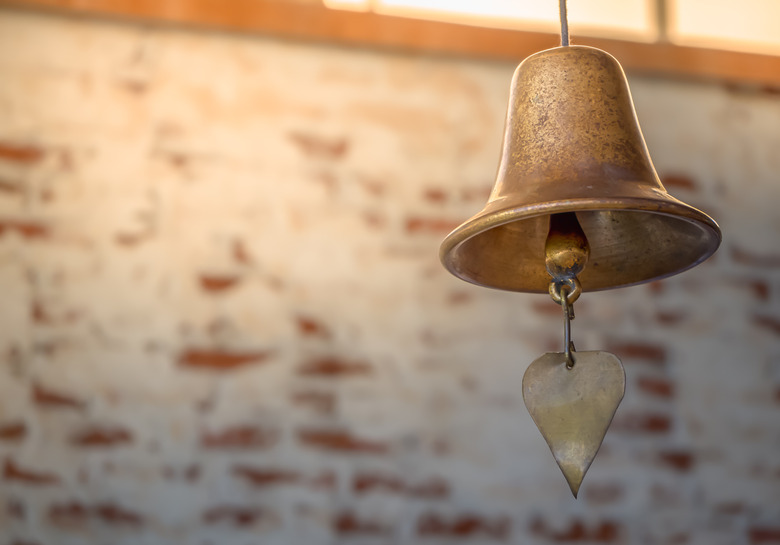The Effects Of Oxidation On Copper
Copper is a versatile metal used in thousands of everyday products. It oxidizes readily to form a distinctive coating known as patina. The patina gives the Statue of Liberty its characteristic appearance, but the oxidation of copper can also cause undesirable effects under some circumstances.
Copper Characteristics
Copper Characteristics
Copper's element symbol — Cu — is derived from the Latin "cuprum," which translates to "metal of Cyprus," indicating where it was mined in ancient times. In fact, copper has been used by humans for about 10,000 years. Today, copper appears in products from cookware, electrical wires and plumbing to jewelry and sculpture. Under certain conditions, these copper items can be affected by oxidation.
Copper's distinctive red-orange color and bright luster makes it appealing for decorative metalwork, jewelry and cookware. Copper is flexible and pliable, and it conducts heat and electricity well, making it useful for electrical wiring. In addition, copper roofing, gutters and rain spouts stand up to weathering, since the corrosion process is so slow.
Oxidation Defined
Oxidation Defined
Oxidation occurs as a result of copper's exposure to air, though water — especially salt water — heat and acidic compounds can also induce corrosion. Oxidation adds a verdigris color (blue-green) to copper or copper carbonates like brass or bronze. This is especially true when contact with anything acidic in nature occurs (e.g. vinegar, ascetic acid).
Copper Oxidation Vs. Iron Oxidation
Copper Oxidation Vs. Iron Oxidation
When iron rusts, or oxidizes, it produces that characteristic red outer layer. This layer of oxidation doesn't securely stick to the surface of the iron. It flakes off, weakening the metal and leaving it vulnerable to further rusting and structural decay. Copper oxidation, on the other hand, prevents further oxygen exposure and corrosion by solidly adhering to the metal's surface.
Effects of Oxidation on Copper
Effects of Oxidation on Copper
One positive effect of copper oxidation includes the formation of a protective outer layer that prevents further corrosion. This protection can be seen on copper roofs and gutter work as well as on outdoor sculptures and statuary, namely the Statue of Liberty. However, copper oxidation produces harmful effects in copper cookware. When the copper cooking surface comes into contact with acidic food (i.e. vinegar, wine), it produces a toxic verdigris, which is poisonous if ingested. Copper electrical wire and copper pipes must be cleaned with acid-free cleaners before soldering takes place. In addition, care must be taken not to overheat the copper during the soldering process, as excess heat produces copper oxidation, and the solder won't adhere to it. Oxidation also hinders the electrical conductivity of copper wire.
Cite This Article
MLA
Whetzel, Joan. "The Effects Of Oxidation On Copper" sciencing.com, https://www.sciencing.com/effects-oxidation-copper-8613905/. 17 April 2018.
APA
Whetzel, Joan. (2018, April 17). The Effects Of Oxidation On Copper. sciencing.com. Retrieved from https://www.sciencing.com/effects-oxidation-copper-8613905/
Chicago
Whetzel, Joan. The Effects Of Oxidation On Copper last modified March 24, 2022. https://www.sciencing.com/effects-oxidation-copper-8613905/
